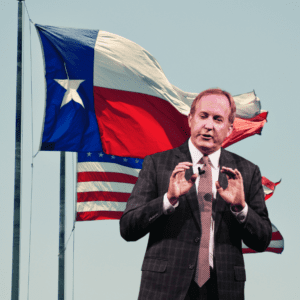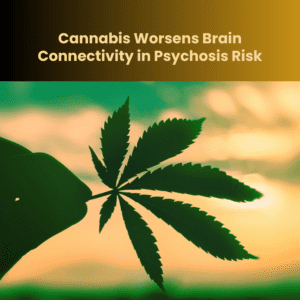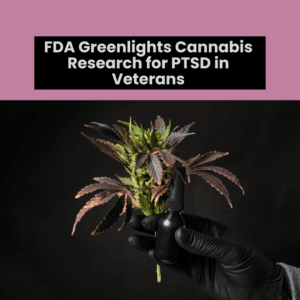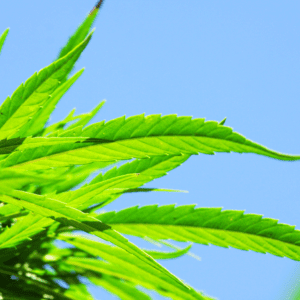NY Weed Sellers Want 1,000-Foot Buffer Zone Maintained
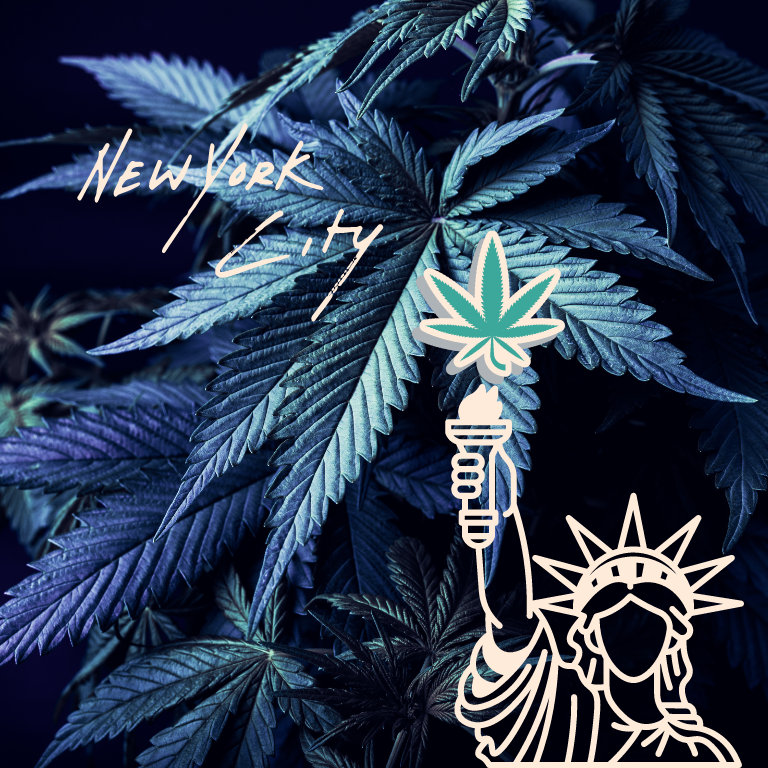
Legal Cannabis Retailers Strongly Oppose Easing Buffer Zone Rules in New York, Survey Shows
A recent survey conducted by the New York Cannabis Retail Association (NYCRA) reveals that an overwhelming majority of legal cannabis retailers and licensees in New York are strongly opposed to any changes to the current buffer zone regulations. These rules prohibit cannabis stores from being located within 1,000 feet of each other, and the potential easing of these restrictions has sparked significant concern within the industry.
Overwhelming Opposition to Relaxing Proximity Protection
The survey, which included responses from the 300-member NYCRA, found that 94% of respondents objected to any changes to the “proximity protection” rule. This rule currently mandates that cannabis dispensaries maintain a distance of at least 1,000 feet from each other, a measure intended to prevent market saturation and protect the fledgling legal cannabis industry in New York.
State Consideration of Waivers Sparks Concern
The New York State Cannabis Control Board is reportedly considering offering waivers to the 1,000-foot buffer zone rule for municipalities with populations exceeding 20,000 residents, as well as adjusting the 2,000-foot buffer for smaller towns. However, this proposal has been met with strong resistance from industry insiders who believe that any relaxation of these rules could destabilize the already fragile legal market.
“The numbers speak for themselves. Our market is way too fragile to change the proximity protection rules,” said Jayson Tantalo, vice president of operations for the Retail Cannabis Association. Tantalo emphasized the importance of maintaining the current regulations, especially during the early stages of the market’s development. “Why do it now? We’re in the infant stages of the market. And there’s still a crazy amount of illegal shops. It should be a message for state regulators,” he added.
Financial Strain on Legal Operators
Tantalo, who, along with his wife Britni, invested tens of thousands of dollars in rent while awaiting a license to open their Flower City Dispensary near Rochester, voiced concerns over the potential impact of reducing the buffer zone. He noted that there are rumors of the buffer being reduced from 1,000 feet to 750 feet, and from 2,000 feet to 1,750 feet in smaller towns. “Our members do not want change. It throws instability in the market. There should not be any exceptions at all,” Tantalo asserted.
Industry Analysis and Legal Threats
An analysis of the survey’s findings indicated strong support among NYCRA members for maintaining the existing proximity protection standards. The report emphasized the need for additional regulatory guardrails if any changes to the current regulations were to be implemented, to ensure that such exemptions do not render legal cannabis businesses economically unsustainable.
Some licensed operators have even threatened legal action against the state if it moves forward with plans to relax the distance requirement. This battle over buffer zones comes amid ongoing challenges in regulating the cannabis industry, particularly in addressing the proliferation of illegal dispensaries.
Political and Legal Landscape
The issue of buffer zones has also garnered attention from New York City lawmakers, many of whom oppose any relaxation of the distance rule. They argue that the presence of numerous illegal pot shops, coupled with concerns over neighborhood saturation by legal stores, justifies maintaining the current restrictions.
“They must be stoned,” Queens City Councilman Robert Holden quipped, referring to cannabis regulators’ consideration of allowing more dispensaries in close proximity. This sentiment reflects broader concerns about the potential impact on communities if legal cannabis stores were allowed to cluster too closely together.
The debate over buffer zones is further complicated by a recent court ruling that could allow many suspected unlicensed cannabis stores to reopen, challenging the efforts of Governor Kathy Hochul and Mayor Eric Adams to clamp down on illegal operations. Despite these efforts, the state still faces significant challenges in balancing the interests of legal cannabis operators with the need to curb illegal activity and regulate the burgeoning industry.
As of now, there are 164 licensed cannabis dispensaries in New York State, with about half located in New York City and Long Island. However, the presence of numerous illegal sites continues to pose a threat to the stability of the legal market.
The future of New York’s legal cannabis industry remains uncertain as stakeholders await the final decision on buffer zone regulations, with many hoping that the state will heed the concerns of those invested in building a sustainable and thriving market.






